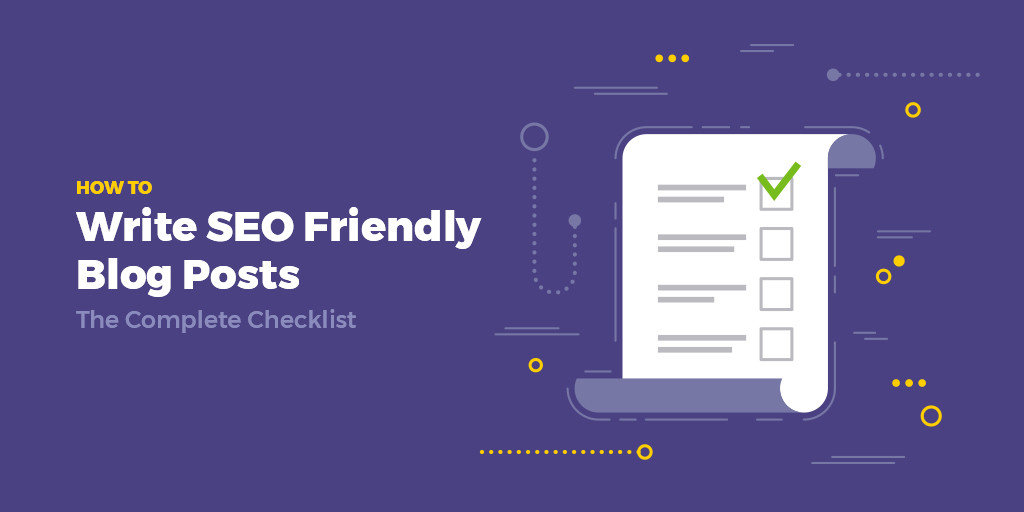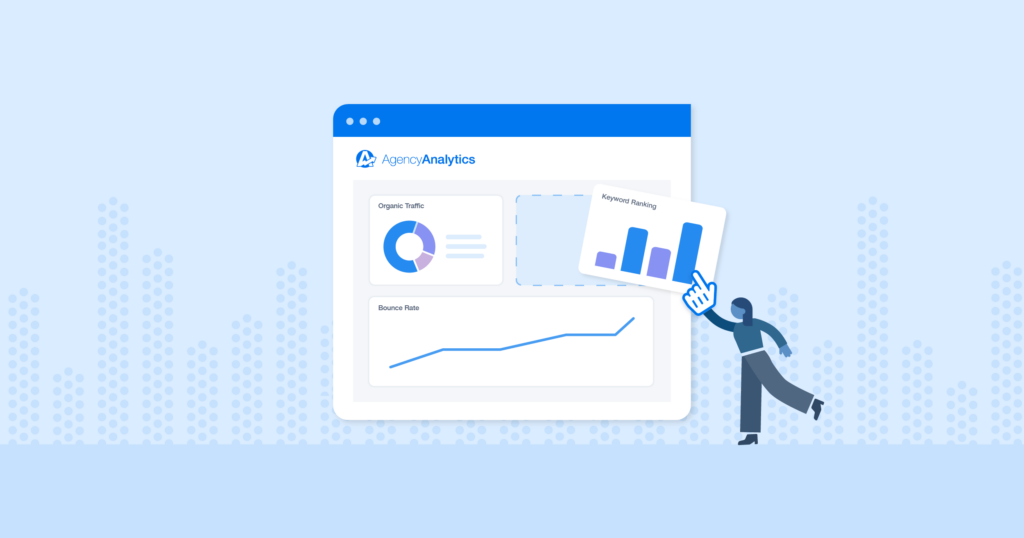In today’s competitive digital landscape, achieving high SEO rankings is crucial for driving organic traffic to your website. Whether you’re starting a new blog or optimizing an existing site, understanding SEO fundamentals and how blog posts impact SEO traffic is key. But what’s the best way to use blog posts to enhance your rankings and increase website traffic? In this guide, we’ll explore the top strategies that will help you create blog content that ranks higher, attracts more visitors, and boosts your website traffic. We’ll also cover the importance of natural keyword use, avoiding spammy practices, and adhering to SEO rules to help you stay ahead.
Section 1: The Role of Blog Posts in SEO and Website Traffic
When it comes to ranking in search engines, blog posts are one of the most powerful tools you have. Regularly updated, high-quality blog content helps search engines understand your site’s relevance and authority on specific topics, driving SEO traffic. So, how do blog posts contribute to website traffic?

Keyword Optimization
By targeting specific long-tail keywords and including them naturally in your blog post headings, body text, and metadata, you can optimize your posts for search engines. For example, keywords like “how blog posts help SEO” or “website traffic reseller” should be integrated naturally within your content.
Content Depth
Search engines prioritize content that provides value. A 1300-word blog post allows you to thoroughly answer questions and engage visitors, which is essential for reducing bounce rates and increasing session time—both factors that improve your SEO rankings.
Link Building
Blog posts provide the perfect opportunity for internal and external linking. Link to other relevant content on your website and include high-authority external sources to boost your SEO.
Section 2: How to Rank with Effective Blog Post Headings and SEO Traffic Strategies
One of the most overlooked elements in SEO is the blog post heading. A good heading serves both a user experience purpose and an SEO function. Here’s how you can structure your headings to improve your SEO ranking:

Use Clear, Relevant Keywords
The blog post headings SEO should be concise yet descriptive. Make sure to include primary keywords like “Ranking”, “SEO Traffic”, or “Website Traffic Reseller”. This signals to search engines exactly what your post is about.
Optimize for Click-Through Rate
While SEO is about ranking, the ultimate goal is to drive traffic. Compelling, attention-grabbing headlines improve your CTR. For instance, “Top 10 Reasons Websites Have a Drop in Organic Traffic” can attract users who want to understand and fix traffic dips.
Incorporate Semantic Keywords
Use related terms like “web traffic”, “organic ranking”, and “SEO tactics” to diversify keyword usage without overstuffing.
Craft Engaging Subheadings
Break your post into digestible sections with relevant subheadings. For example, you could have sections like “What Is SEO Traffic?”, “Why Blog Posts Are Essential for SEO”, or “How to Buy Website Traffic for Better Rankings”.
Section 3: Best Practices for Writing Blog Posts That Help SEO
To improve your rankings, blog posting must be done strategically. Here’s how to craft blog posts that follow SEO best practices and help you rank higher:

Natural Keyword Integration
Keywords like “purchase blog posts”, “blog posting sites”, and “do blog posts help SEO” should be used naturally throughout the content. For instance, use them in meta descriptions, titles, and within the body in a conversational tone. Avoid over-optimizing or forcing keywords, as this can lead to keyword stuffing, which is penalized by search engines.
Provide Value with Rich Content
Create in-depth, rich content that answers the reader’s questions and provides them with actionable takeaways. Use visuals, such as charts, images, or infographics, to support your points. Rich content increases user engagement and encourages social sharing, both of which boost SEO.
Optimize Readability
Use short paragraphs, bullet points, and simple sentences. A user-friendly post increases time on page and lowers bounce rates, which positively affect rankings.
Avoid Spammy Keywords
Keyword stuffing and spammy tactics (like overusing keywords like “website traffic reseller” or “buy website traffic searchseo”) can lead to penalties. Focus on writing for the reader, not just the algorithm.
Incorporate Internal and External Links
Link to other posts on your website as well as authoritative external resources. This not only builds trust with search engines but also provides further value to your readers.
Section 4: Understanding Organic Traffic Benchmarks and How to Improve Your SEO Ranking
You’ve optimized your blog posts, but how do you know if your SEO efforts are working? One useful metric to track is organic traffic benchmarks in GA4 (Google Analytics 4). Understanding what organic traffic should look like for your website is crucial to identifying areas of improvement.

Setting Benchmarks
The benchmark for organic traffic varies depending on the industry, competition, and content. Look at metrics like bounce rate, pages per session, and average session duration to understand how well your blog posts are performing in terms of SEO traffic.
Tracking SEO Traffic Bot Clicks
Monitoring SEO traffic bot clicks is another important factor. Ensure your content is visible to search engines and not blocked by technical issues or errors in your robots.txt file.
Improving Organic Traffic
Use tools like SEMrush, Moz, or Ahrefs to track your website’s keyword rankings. Adjust content to target keywords with lower competition but still high search volume. Website traffic rankings can be improved by regularly updating older blog posts and ensuring content stays relevant.
Call to Action
If you’re ready to start boosting your website traffic and SEO rankings, begin by implementing these strategies in your blog posts. Make sure to check back for more detailed guides on improving your SEO and understanding website traffic analytics.
Conclusion
By following these SEO best practices and writing high-quality, keyword-optimized blog posts, you can increase your website traffic and improve your SEO rankings. Don’t rely on quick fixes like buying traffic or using spammy tactics. Instead, focus on providing value, using keywords naturally, and creating engaging content that answers the needs of your audience. Regularly monitor your website’s performance using GA4 and other SEO tools to ensure you’re on track to achieving organic traffic success.




